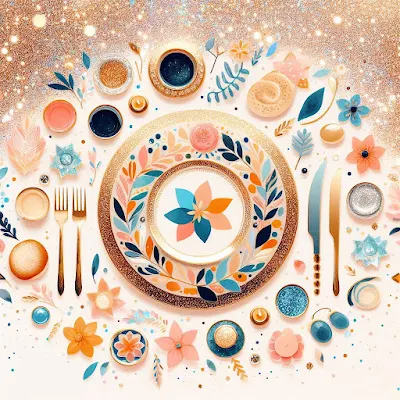Passover When: Exploring The Rich Traditions And Symbolism Of The Jewish Holiday
Passover, or Pesach in Hebrew, is one of the most significant holidays in the Jewish calendar. It commemorates the Israelites' liberation from slavery in ancient Egypt and their exodus to freedom. Lasting for seven or eight days (depending on tradition), Passover is marked by a series of rituals, traditions, and symbolic foods that deepen the understanding of this historic event and its enduring significance.
The Seder Plate: Symbolism on Display
Central to the Passover observance is the Seder meal, a ceremonial feast held on the first two nights of the holiday. At the heart of the Seder table sits the Seder plate, adorned with various symbolic foods that represent different aspects of the Passover story. Each item serves as a visual reminder of the Israelites' journey from slavery to liberation.
The Seder plate typically includes:
1. Maror (Bitter Herbs):
Often represented by horseradish, maror symbolizes the bitterness of slavery endured by the Israelites.
2. Charoset:
A sweet mixture of chopped apples, nuts, wine, and spices, charoset symbolizes the mortar used by the Israelite slaves to build structures for their Egyptian taskmasters.
3. Karpas (Greens):
Usually represented by parsley or another green vegetable, karpas symbolizes the initial flourishing of the Israelites' freedom in Egypt.
4. Z'roa (Shank Bone):
A roasted lamb shank bone or a chicken neck represents the Paschal sacrifice offered in the Temple in ancient times.
5. Beitzah (Egg):
A roasted egg symbolizes both mourning and the circle of life, as well as the springtime festival aspect of Passover.
6. Chazeret (Additional Bitter Herb):
In some traditions, a second bitter herb, such as romaine lettuce, is included on the Seder plate to fulfill the biblical requirement of eating bitter herbs.
The Four Cups of Wine: Liberation and Redemption
Throughout the Seder, participants drink four cups of wine, each symbolizing a different aspect of the Exodus story: liberation, deliverance, redemption, and acceptance. These cups serve as reminders of the promises made by God to the Israelites and the stages of their journey from slavery to freedom.
Matzah: The Bread of Affliction
Central to the Passover observance is the consumption of matzah, unleavened bread that symbolizes the haste with which the Israelites fled Egypt, leaving no time for their bread to rise. Matzah serves as a powerful reminder of the hardships endured by the Israelites and the urgency of their exodus to freedom.
Passover Today: Relevance and Reflection
As Jews around the world gather to celebrate Passover, the holiday remains as relevant today as it was thousands of years ago. Its themes of liberation, justice, and faith continue to resonate with people of all backgrounds, serving as a reminder of the enduring human quest for freedom and dignity.
In exploring the rich traditions and symbolism of Passover, we not only honor the past but also reaffirm our commitment to justice and liberation for all. As we gather around the Seder table, may we be inspired to work towards a world where all people can experience the true meaning of freedom and redemption.


